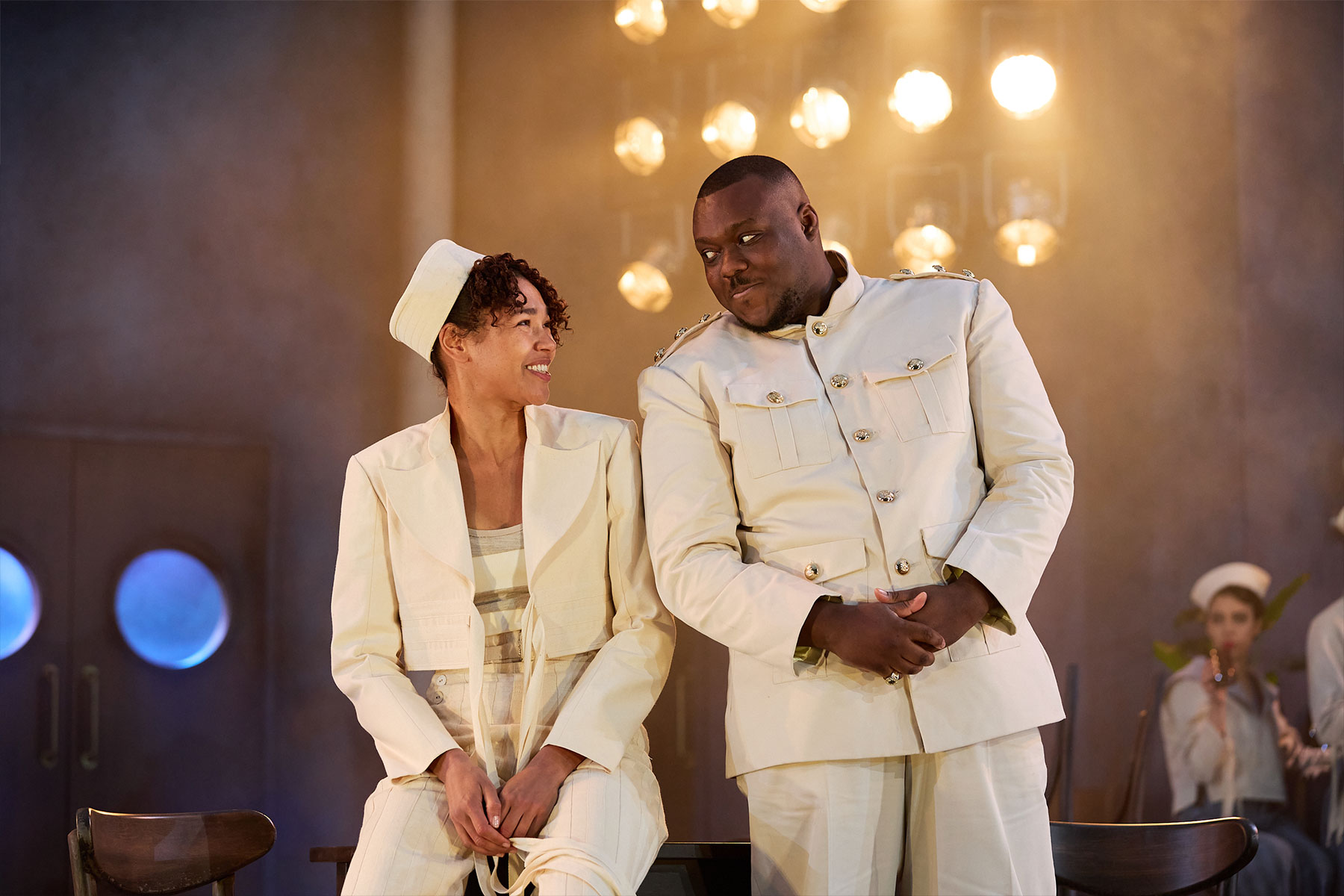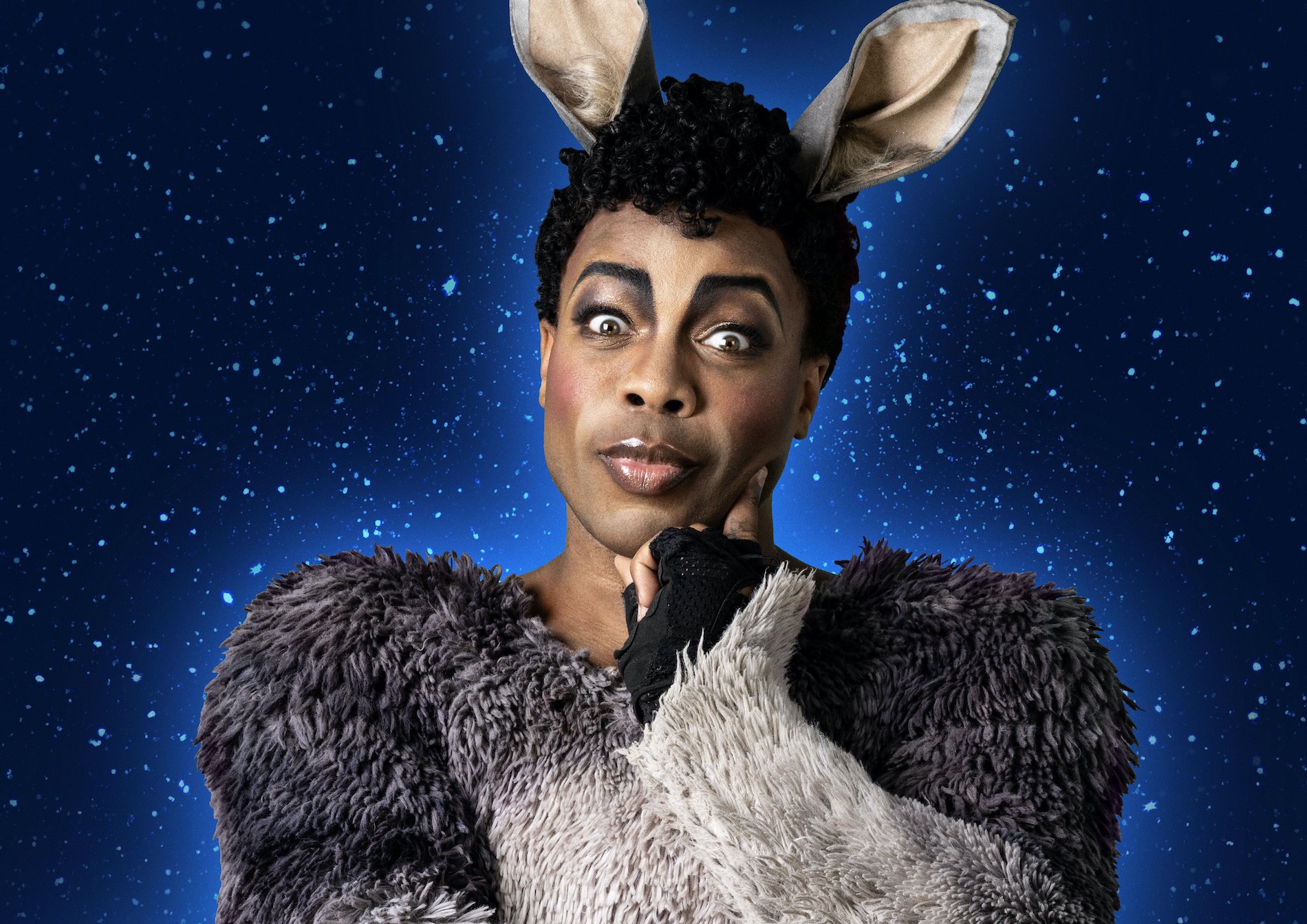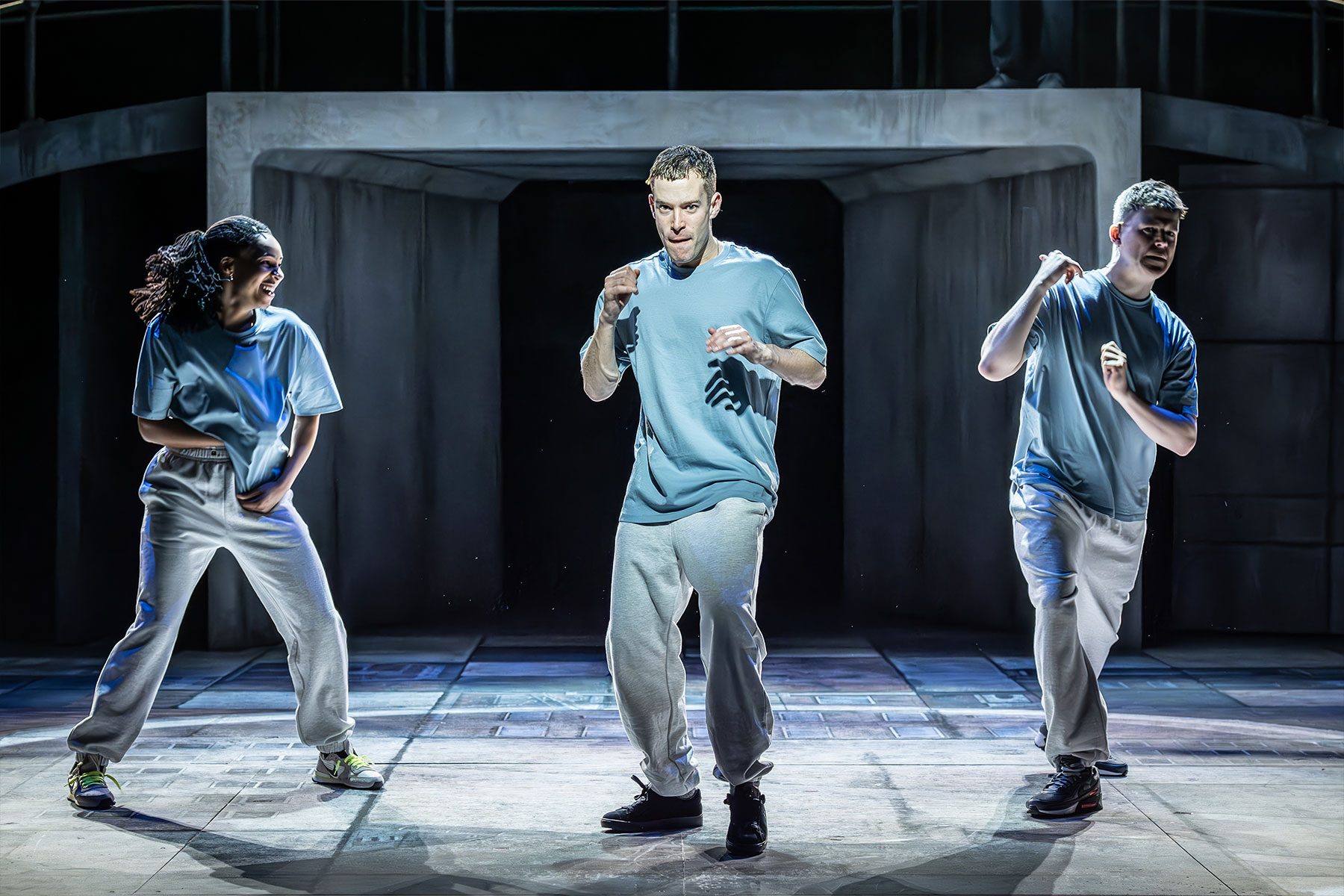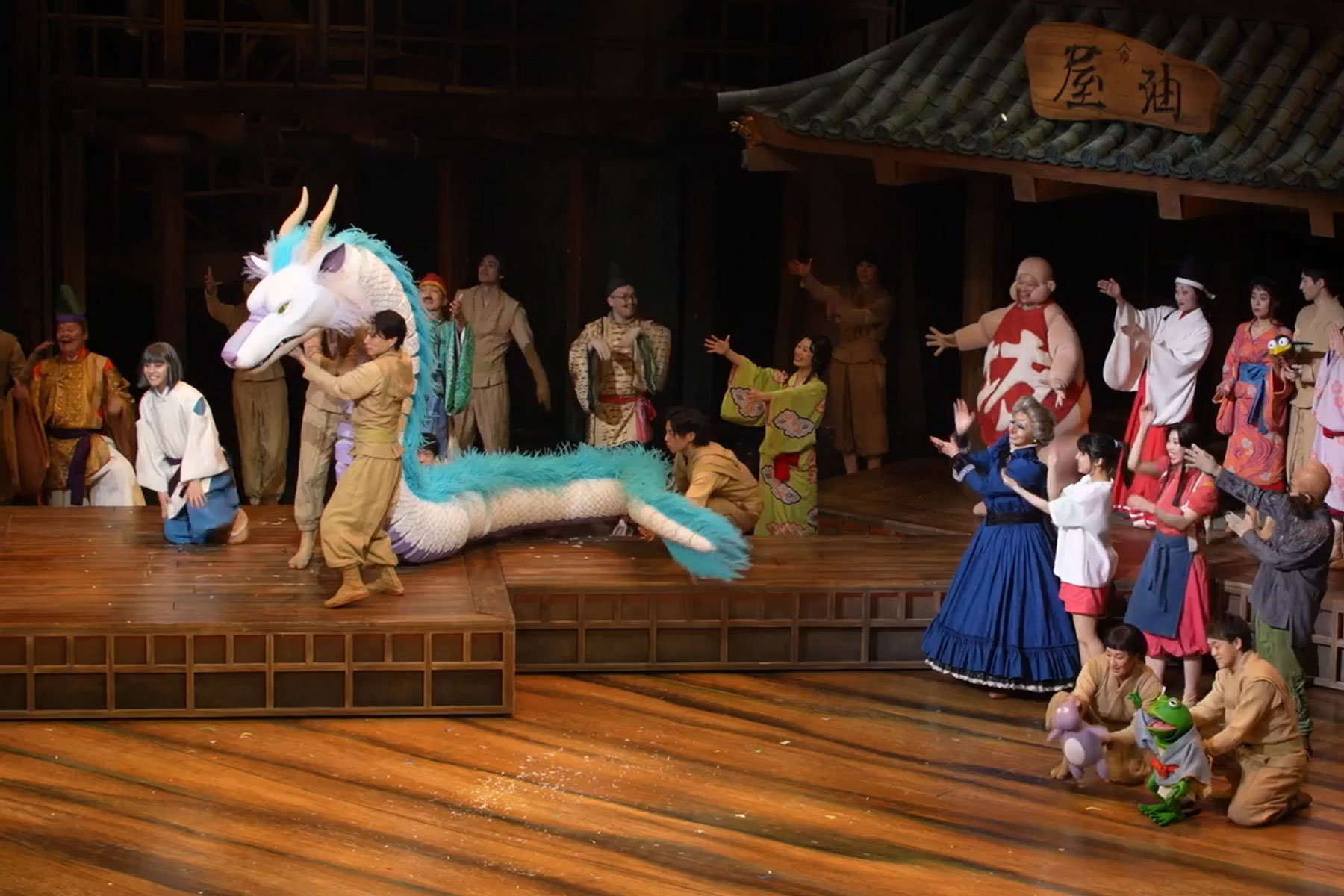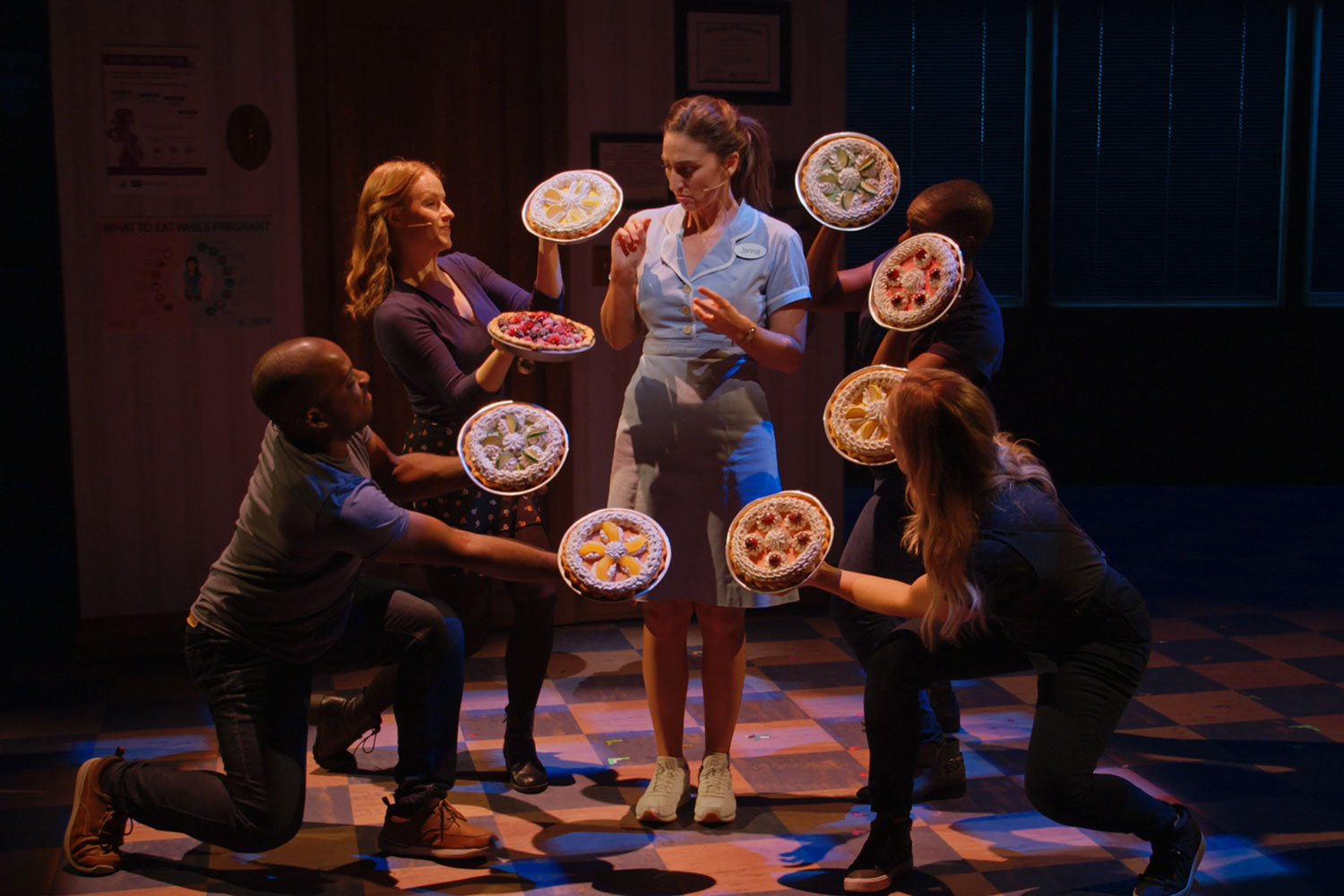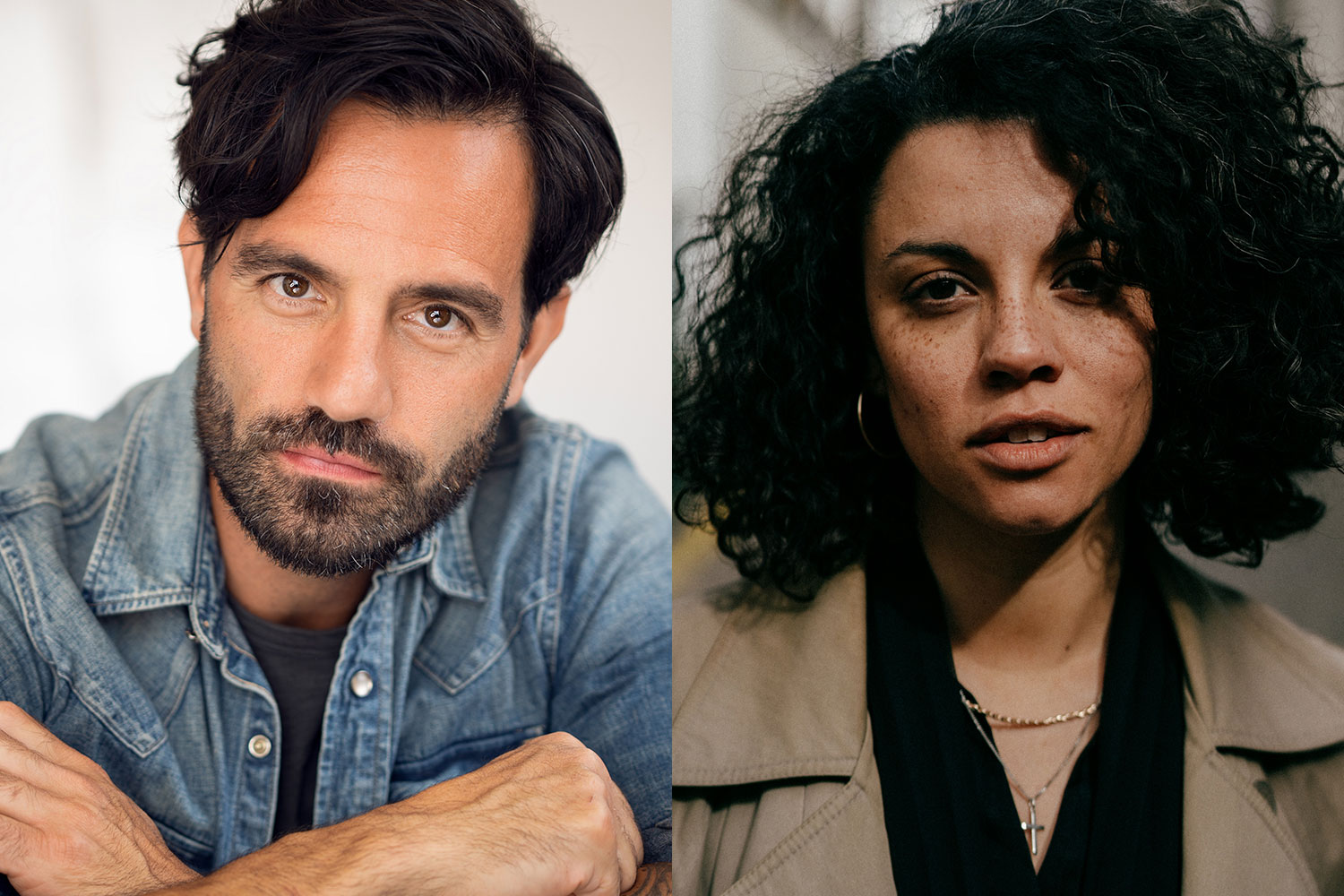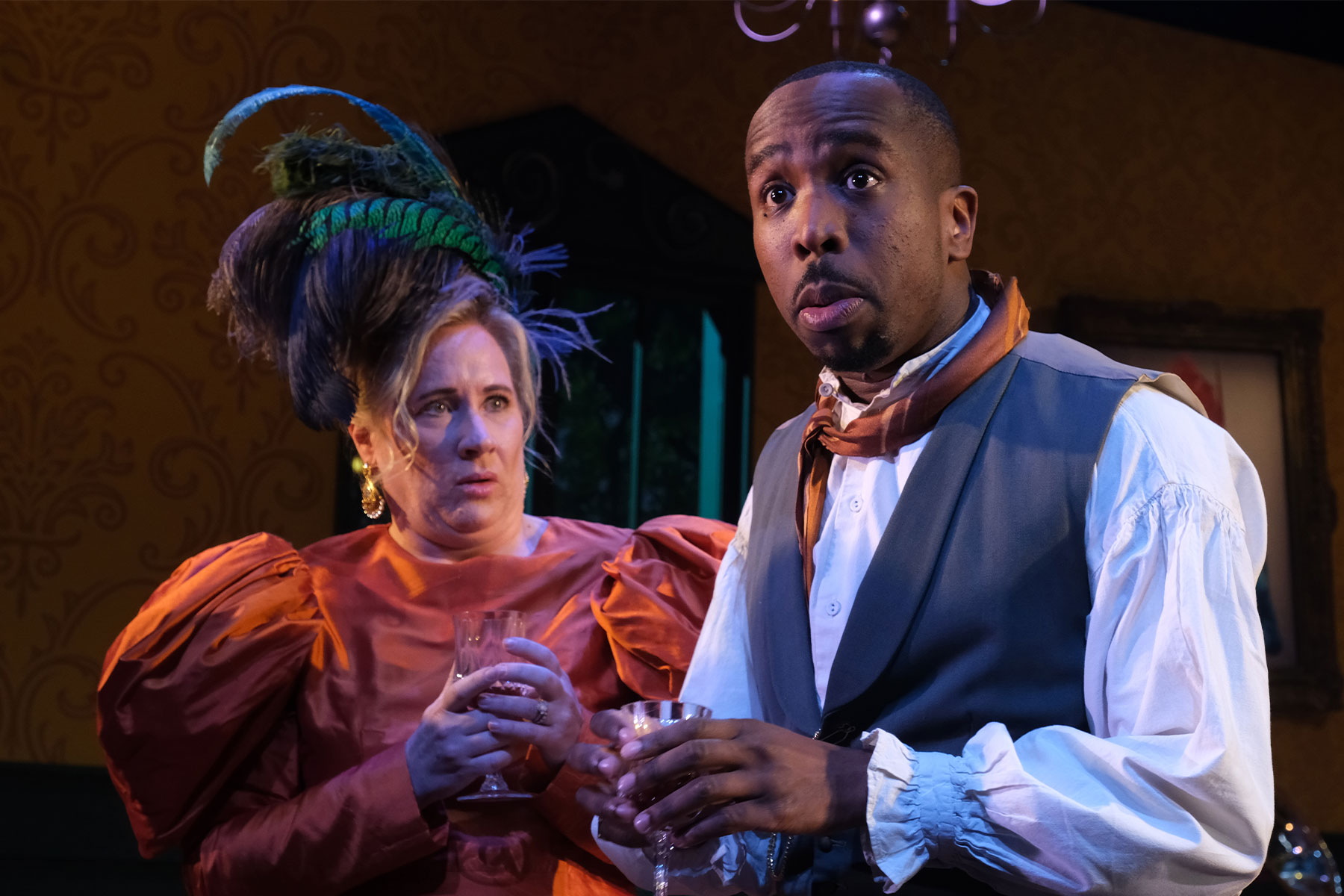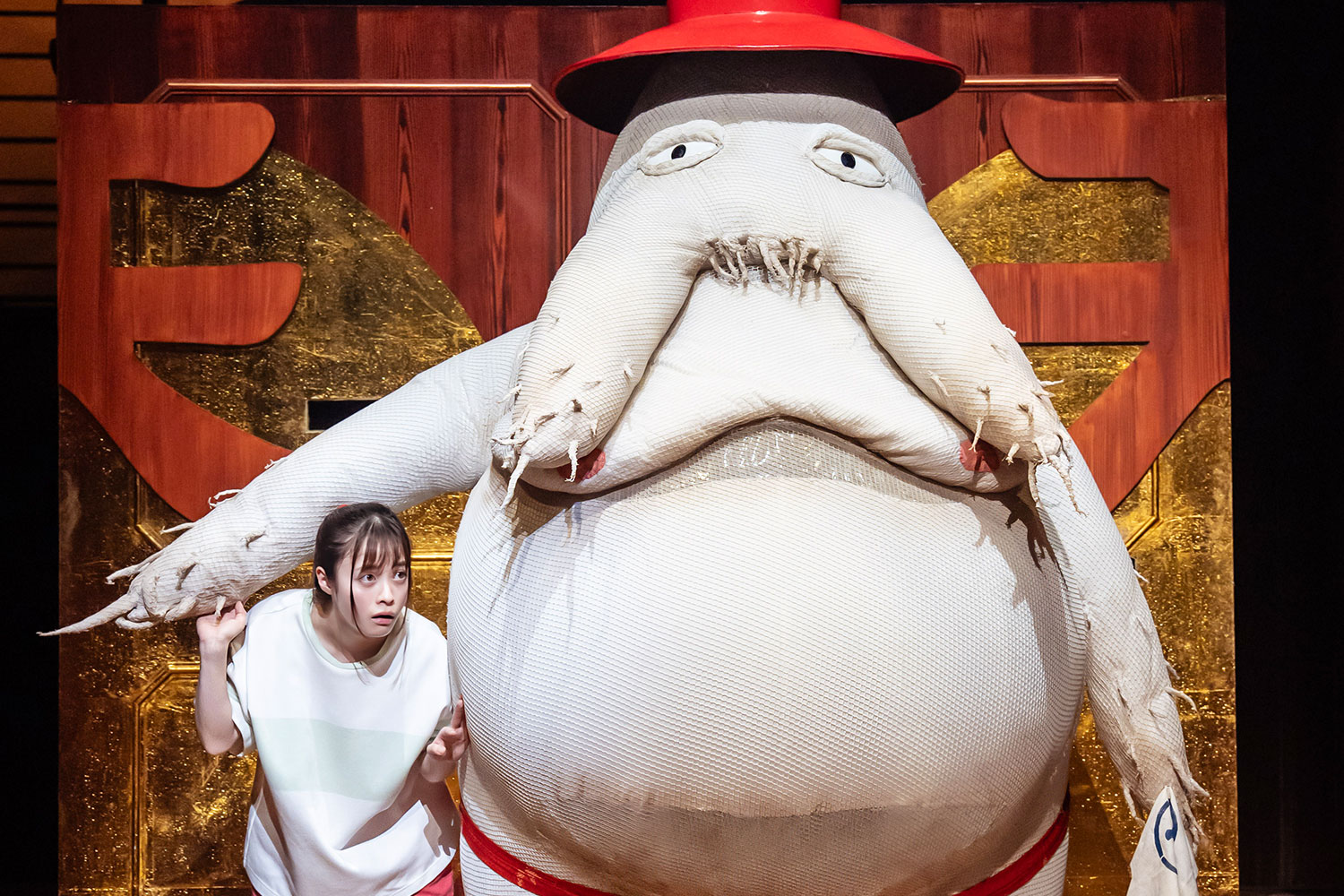Paying the Price for Fringe Commercialism
Goodness me the Edinburgh Fringe is getting expensive. A ticket to Tim Vine set me back £16.90 (including the dreaded ‘booking fee’), while a quick scan through the programme reveals that other big name comedians are now touching the £20 mark (Chris Addison = £17.50, Jason Byrne = £19.50).
It is now possible, thanks to initiatives such as Free Fringe and Forest Fringe, to experience quality work for nothing (or rather, what you choose to place in the tip jar). But this reinforces the sense that there now exists a fringe of the Fringe – micro-festivals springing up in response to the increasingly commercial nature of the ‘big four’ venues.
It also makes for a rather fragmented Fringe experience. Walking around the Pleasance Dome yesterday, I was unable to locate a single copy of the Fringe brochure (I wasn’t the only one looking) – only piles and piles of Comedy Festival brochures, which list shows at the Pleasance, Underbelly, Assembly Rooms and Gilded Balloon.
When I interviewed Fringe Chief Executive Kath Mainland last year, she told me: “art has to make money to survive, so I don’t think people should use the term ‘commercial’ like it’s a dirty word”.
Whilst I agree to some extent with this assertion, it nevertheless betrays the fact that organisers are now embracing the commercial nature of the 21st century Fringe, rather than trying to curb it. This has huge implications for the identity of the Fringe. What has it become now that ticket prices are beginning to match those of the EIF?
– Theo Bosanquet



